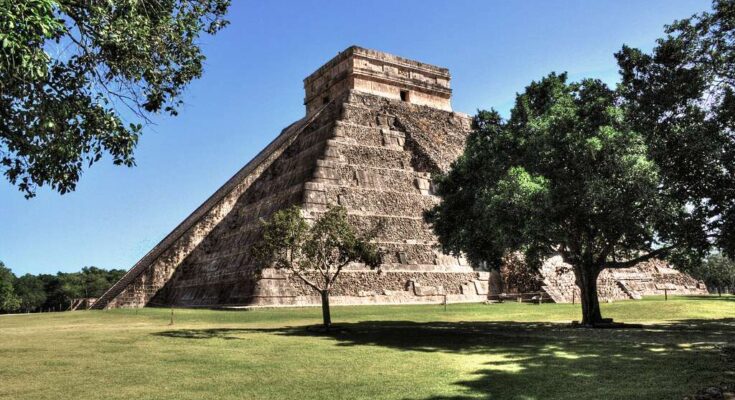
An ancient lost city of the Maya civilization has been found in Mexico, hidden for centuries beneath a thick jungle. Archaeologists discovered pyramids, sports fields, roads connecting neighborhoods, and amphitheaters in the state of Campeche.
Using Lidar, a special laser technology that reveals structures hidden under plants, researchers revealed the complex. They named it Valeriana. Experts think it’s the second most densely populated Maya site. The first is Calakmul, which is considered the biggest ancient city in Latin America.
PHD Student Discovers Lost Mayan City Accidentally
A team of archaeologists has uncovered three ancient sites in Mexico, in an area about the size of Edinburgh, Scotland’s capital. The discovery happened unexpectedly when one team member stumbled across old data online.
Luke Auld-Thomas, a PhD student from Tulane University, explained that he found a laser survey buried deep in a Google search. The survey, originally done by a Mexican group for tracking the environment used a technology called Lidar.
When Auld-Thomas analyzed the data with special methods, he uncovered an ancient Maya city that others had missed. Named Valeriana after a nearby lagoon, the city likely held 30,000 to 50,000 people during its peak between 750 and 850 AD.
Professor Marcello Canuto, a co-author, says this discovery challenges an old Western belief that the Tropics were unsuitable for advanced civilizations. Instead, the region supported complex cultures.
A huge Maya city has been discovered centuries after it disappeared under jungle canopy in Mexico.
Archaeologists found pyramids, sports fields, causeways connecting districts and amphitheatres in the southeastern state of Campeche#news pic.twitter.com/mVJ5HadtVG
— Peer Community Hub, Your News Network Zone!
(@p_communityhub) October 29, 2024
Valeriana might have been a major Maya capital
The ancient city of Valeriana shows signs of being a major Maya capital. It has a density of buildings second only to the famous Calakmul site, located about 100 kilometers away.
Archaeologists describe it as “hidden in plain sight,” just a 15-minute walk from a main road near the town of Xpujil, where many Maya people still reside.
No photographs of Valeriana exist because, according to researchers, no one has officially explored it. However, locals may have suspected the presence of ruins beneath the earthen mounds.

Covering approximately 16.6 square kilometers, the city had two main centers, each with large structures about two kilometers apart and connected by houses and roadways. It featured two plazas with temple pyramids where the Maya once worshipped, buried their dead, and stored treasures like jade masks.
A ball court also sits within the city, depicting ancient ball games that were an important part of Maya culture.
Researchers have also found signs of a reservoir at Valeriana, suggesting the Maya modified the landscape to support a large population. In total, archaeologists Luke Auld-Thomas and Professor Marcello Canuto identified 6,764 structures across three sites within the dense jungle.
Decline of Maya civilization
The research suggests that as Maya cities grew and population density increased, survival became more difficult when climate issues arose, particularly during droughts starting around 800 AD.
Other factors, including warfare and the arrival of Spanish conquerors in the 16th century, also played a role in the decline of the Maya city-states.




